
The Role of DevOps in Full Stack Development: A Complete Guide
Oct 10, 2025 5 Min Read 11108 Views
(Last Updated)
In the tech industry, the combination of full-stack development and DevOps is significantly changing how software is developed and managed. Full stack development covers both front-end and back-end aspects of software development, requiring a broad skill set and a deep understanding of the entire development process.
DevOps, a methodology that combines software development (Dev) and IT operations (Ops), aims to improve collaboration, efficiency, and speed in software development projects.
This blog will discuss the important role of DevOps in full-stack development. We’ll look at how DevOps principles can enhance full-stack development, making it possible for developers to create robust applications that are not only well-designed but also operate efficiently and reliably.
Table of contents
- DevOps Vs Full Stack Development?
- The Role of DevOps in Full Stack Development
- Team Collaboration
- Continuous Integration and Continuous Deployment
- Automation
- High Quality Code
- Faster Time to Market
- DevOps Best Practices for Full Stack Developers
- Implementing CI/CD Pipelines
- Using Infrastructure as Code (IaC) for Environment Management
- Emphasizing Monitoring and Logging for Performance Optimization
- DevOps Tools for Full Stack Development
- Conclusion
- FAQs
- What are the benefits of integrating DevOps in Full Stack Development?
- Which DevOps practices are essential for Full Stack Developers?
- Is DevOps suitable for small teams or startups in Full Stack Development?
DevOps Vs Full Stack Development?
Full-stack development refers to the practice of developing both user interfaces(client side) and backend(server side) of the website. DevOps is the practice of managing and automating the entire process of the development from designing to deploying. Let’s look in detail about the differences and similarities between them.
| DevOps | Full stack development | Similarities |
| It focuses on development and operations. | It focuses on frontend and backend development. | Both involve end to end product development. |
| It uses tools like Jenkins, Docker, Kubernetes and Ansible. | It uses technologies like HTML, CSS, JavaScript, Node JS and databases. | Both require a broad set of technical skills. |
| It uses Infrastructure as Code (IaC) and monitoring tools. | It uses REST APIs, MVC and databases. | Both use Agile or Scrum environments. |
| It continuously monitors and improves the system performance. | It continuously develops and updates app features. | Both use version control systems like Git. |
The Role of DevOps in Full Stack Development
This section covers the role of DevOps and its importance in Full stack development. Let’s get started.
1. Team Collaboration
DevOps enhances the cross team collaboration between front end developers, backend developers, database administrators and testers involved in full stack development. With the help of project management methodologies such as Agile and Scrum, people from various teams communicate with each other to craft a detailed project plan and act accordingly to satisfy the customer needs. These methodologies often include customer feedback to improve the end product according to their needs and expectations.
2. Continuous Integration and Continuous Deployment
Continuous Integration and Continuous Deployment (CI/CD) provides the flexibility to quickly develop and test the functionality of the product. Instead of testing the final product, this enables testers to test a feature of the product and improve further. DevOps provides faster and simultaneous execution of both deployment and testing in order to reduce the time and operational cost of each team.
By using CI/CD, less time and effort is required to develop, test, monitor and deploy the new feature of the product and keep the users engaged with the product in the long run.
3. Automation
DevOps provides a wonderful feature of automating the time consuming and repetitive tasks in order to save time. Developers can implement automation in various areas such as deploying new features or versions of the product, sending notifications about the upgrades to the users, automation testing and monitoring the product. This ability of DevOps makes the developers concentrate on more important and crucial tasks rather than repetitive tasks.
4. High Quality Code
Automated testing is another core component of DevOps that directly benefits Full Stack Development. By automating tests for both the front-end and back-end, developers can ensure that code changes do not break existing functionality.
This leads to higher quality code, as potential issues are identified and resolved early in the development process. Automated testing covers a range of tests, including unit, integration, and acceptance tests, ensuring comprehensive coverage and reliability.
5. Faster Time to Market
By implementing CI/CD pipelines, Full Stack Development projects can move from concept to production much quicker. This rapid pace is possible because automation reduces manual tasks, errors, and delays in the testing and deployment phases. Faster time to market is a competitive advantage in today’s fast-paced digital world, allowing companies to respond to market changes and customer needs more effectively.
Interested in starting your career as a DevOps engineer? Enroll in HCL Guvi’s FREE E-book on DevOps for Beginners – A step by step guide. This provides you with a detailed overview of the important features of DevOps such as version control, CI/CD, Infrastructure as Code (IaC), Automation, Containerization, Orchestration, monitoring and many more.
DevOps Best Practices for Full Stack Developers
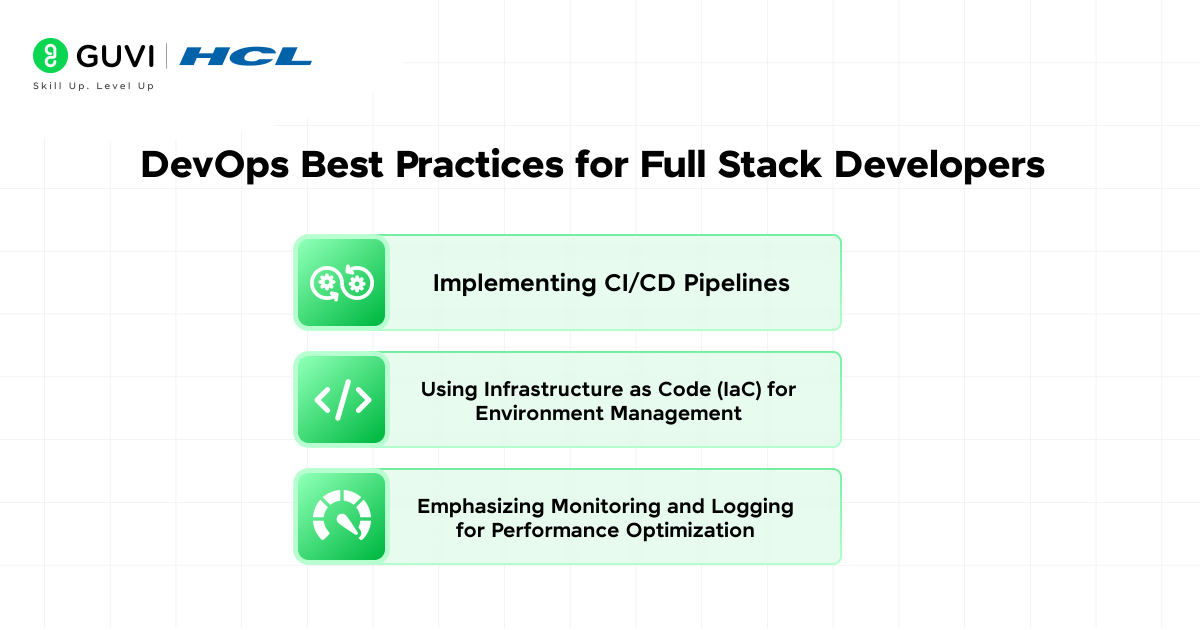
DevOps best practices are important for Full-Stack Developers aiming to enhance efficiency, reliability, and the overall quality of software projects. By integrating these practices, developers can ensure a smoother development process, quicker deployment cycles, and robust, high-quality applications. Here’s a closer look at some of the DevOps best practices for Full Stack Developers:
1. Implementing CI/CD Pipelines
Continuous Integration (CI) and Continuous Deployment (CD) pipelines are fundamental to DevOps, enabling developers to automate the testing and deployment of applications. This automation ensures that code changes are integrated, tested, and deployed efficiently and reliably.
- Integration with Version Control: Full Stack Developers should integrate CI/CD pipelines with version control systems like Git. This integration allows for the automatic trigger of build and test processes whenever changes are committed to the repository.
- Automated Testing: Incorporate automated unit, integration, and end-to-end tests within the CI pipeline. This ensures that any code changes do not break existing functionality.
- Deployment Strategies: Use CD pipelines to automate deployment to various environments (e.g., staging, production). Implement strategies like blue-green deployments or canary releases to minimize downtime and reduce the risk of introducing bugs.
Find Out More About Continuous Integration vs Continuous Deployment in DevOps (A Comprehensive Guide)
2. Using Infrastructure as Code (IaC) for Environment Management
Infrastructure as Code (IaC) allows developers to manage and provision infrastructure through code rather than manual processes. This approach ensures consistency across environments and simplifies the setup and maintenance of development, testing, and production environments.
- Version Control for Infrastructure: Store IaC configurations in version control repositories to track changes and maintain history.
- Automate Environment Setup: Use IaC tools like Terraform, Ansible, Chef, or Puppet to automate the setup of environments. This ensures that developers can quickly spin up or tear down environments as needed, without waiting for operations teams.
- Consistency Across Environments: IaC helps maintain consistency across all environments, reducing “it works on my machine” issues and making it easier to debug and resolve problems.
3. Emphasizing Monitoring and Logging for Performance Optimization
Monitoring and logging are important for identifying and addressing issues in real time, optimizing performance, and ensuring the reliability of applications.
- Real-time Monitoring: Implement monitoring tools to track the performance and health of applications and infrastructure in real-time. Tools like Prometheus, Grafana, and New Relic can provide insights into system performance and user experience.
- Centralized Logging: Use centralized logging solutions like the ELK Stack (Elasticsearch, Logstash, Kibana) or Splunk to aggregate logs from various components of the application. This centralization helps in quickly pinpointing issues across the stack.
- Alerting and Anomaly Detection: Set up alerting mechanisms to notify developers of critical issues or performance anomalies. Automating responses to common issues can also help in maintaining system stability.
By adopting these DevOps best practices, Full Stack Developers can significantly improve the development lifecycle, from initial coding to deployment and beyond, ensuring faster delivery times, higher quality products, and more reliable and maintainable applications.
Kickstart your full-stack development journey by enrolling in HCL GUVI’s certified Full-stack development course that not only teaches you the basics but also gives you practical experience through real-life full-stack development projects
DevOps Tools for Full Stack Development
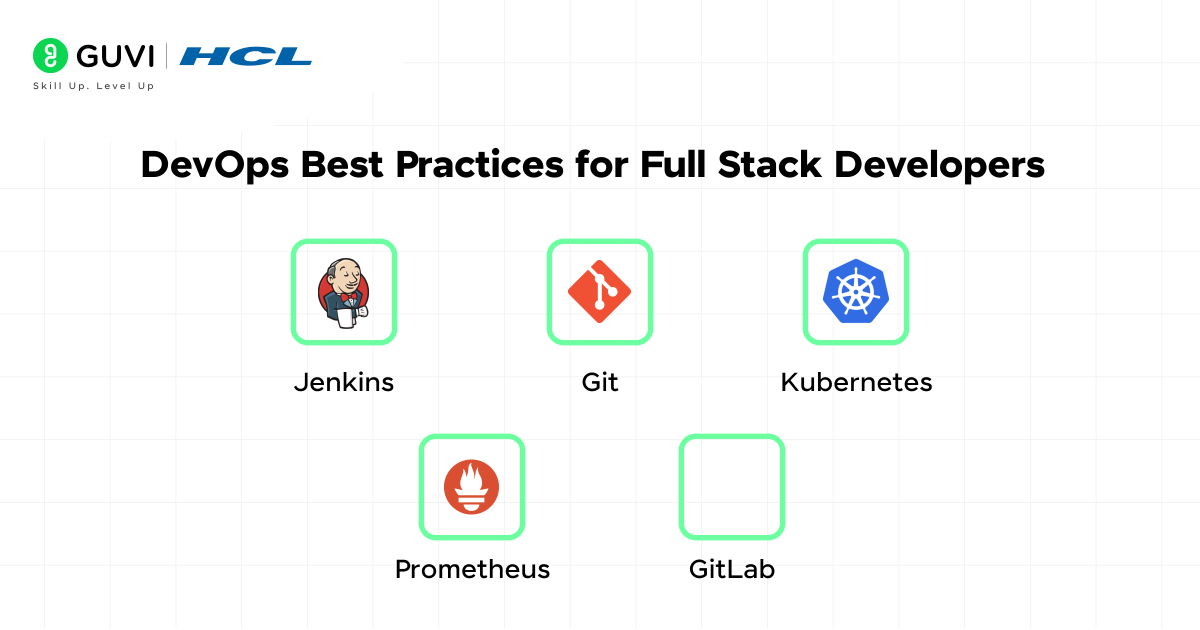
Let’s look into some of the famous DevOps tools used for full-stack development. These tools are necessary to perform crucial DevOps features such as Infrastructure as Code (IaC), automation, containerization, monitoring and deployment.
Jenkins is an open-source automation server used to implement the CI/CD pipeline. It is helpful in full-stack development by automating testing, building, and deployment processes for both frontend and backend code, which enables faster and more reliable releases of the application.
Git is a distributed version control system that is helpful in tracking the changes in code and supporting collaboration among the team. It allows developers to manage code across the frontend and backend efficiently, collaborate with teams and roll back to previous versions when needed.
Kubernetes is an open source platform for automating deployment, scaling and managing containerized applications. It allows full-stack applications to run in isolated containers using the Docker environment, making them scalable, portable, and easier to deploy in production.
Prometheus is another open-source monitoring and alerting tool commonly used with cloud native applications to notify any sudden changes in the application. It helps developers to monitor applications performance and identify issues in real-time when deploying complex dull stack applications in production.
GitLab is a DevOps platform that combines a Git based version control system with CI/CD pipelines, issue tracking and many more features. It streamlines the entire development workflow of full stack projects by integrating source control, automation testing, deployment and collaboration tools in one place.
Conclusion
The continuous evolution of DevOps, coupled with its growing importance in the full-stack development landscape, highlights an ongoing shift in how software is developed and delivered. As technology continues to advance, the principles of DevOps will undoubtedly play an even more important role in shaping the future of software development.
By embracing these practices, developers, and organizations can stay ahead in the competitive tech industry, delivering innovative, high-quality software solutions at a pace that meets the ever-increasing demands of users and markets around the world.
FAQs
What are the benefits of integrating DevOps in Full Stack Development?
DevOps brings several benefits to Full Stack Development, including quicker deployments, improved collaboration, enhanced software quality, faster delivery times, and more efficient resource management.
Which DevOps practices are essential for Full Stack Developers?
Full Stack Developers should focus on Continuous Integration/Continuous Deployment (CI/CD), Infrastructure as Code (IaC), monitoring and logging, and automated testing to enhance efficiency and quality.
Is DevOps suitable for small teams or startups in Full Stack Development?
Yes, small teams and startups can benefit from DevOps by starting with basic practices, using cloud services, focusing on core practices like CI/CD and automated testing, and fostering a culture of collaboration and continuous improvement.





















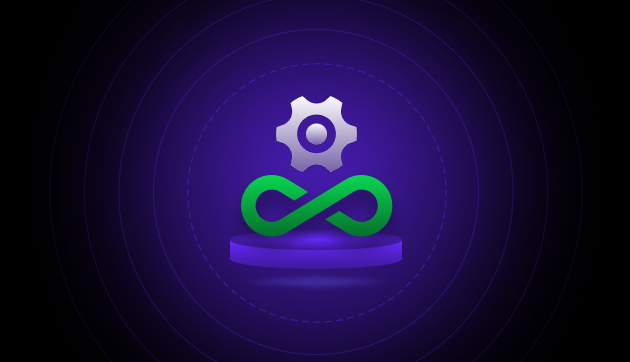
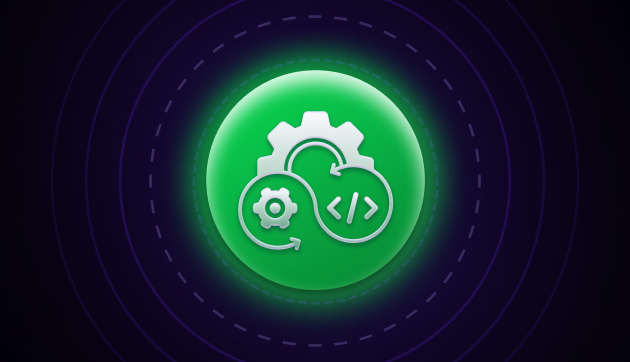
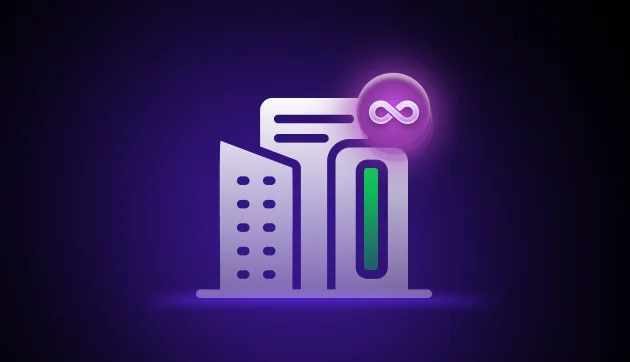
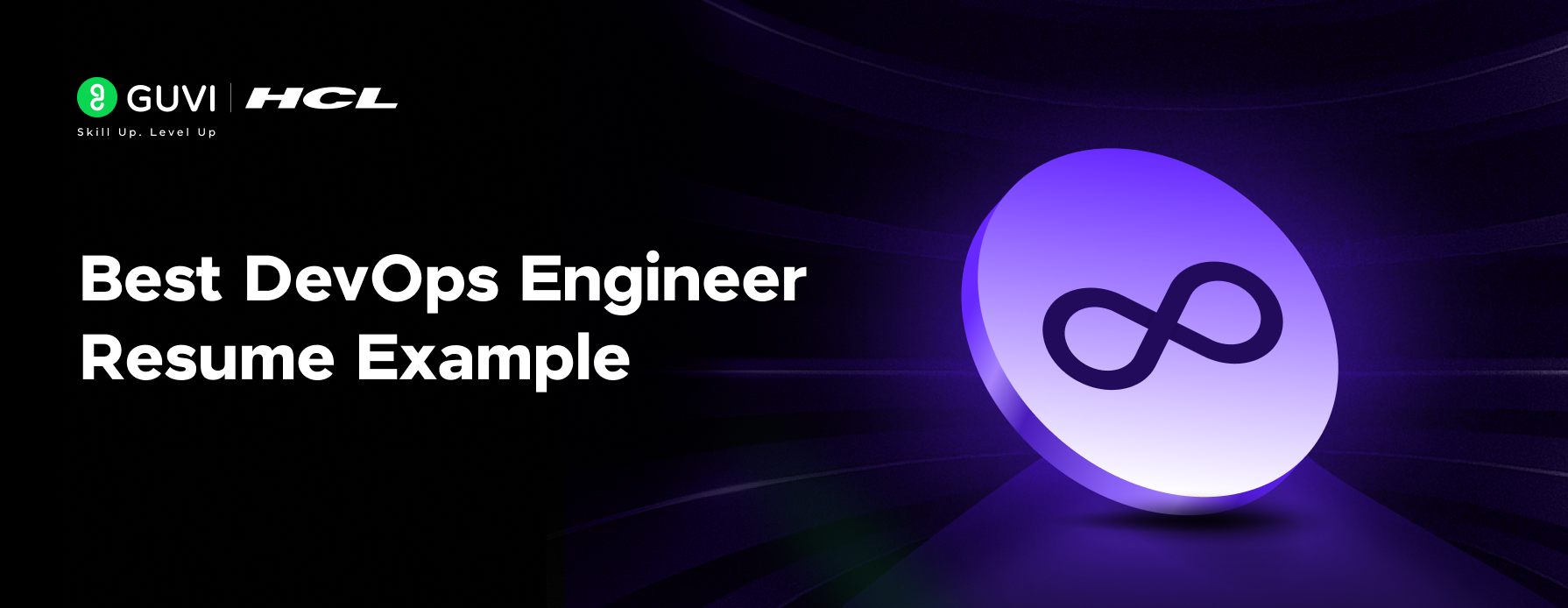


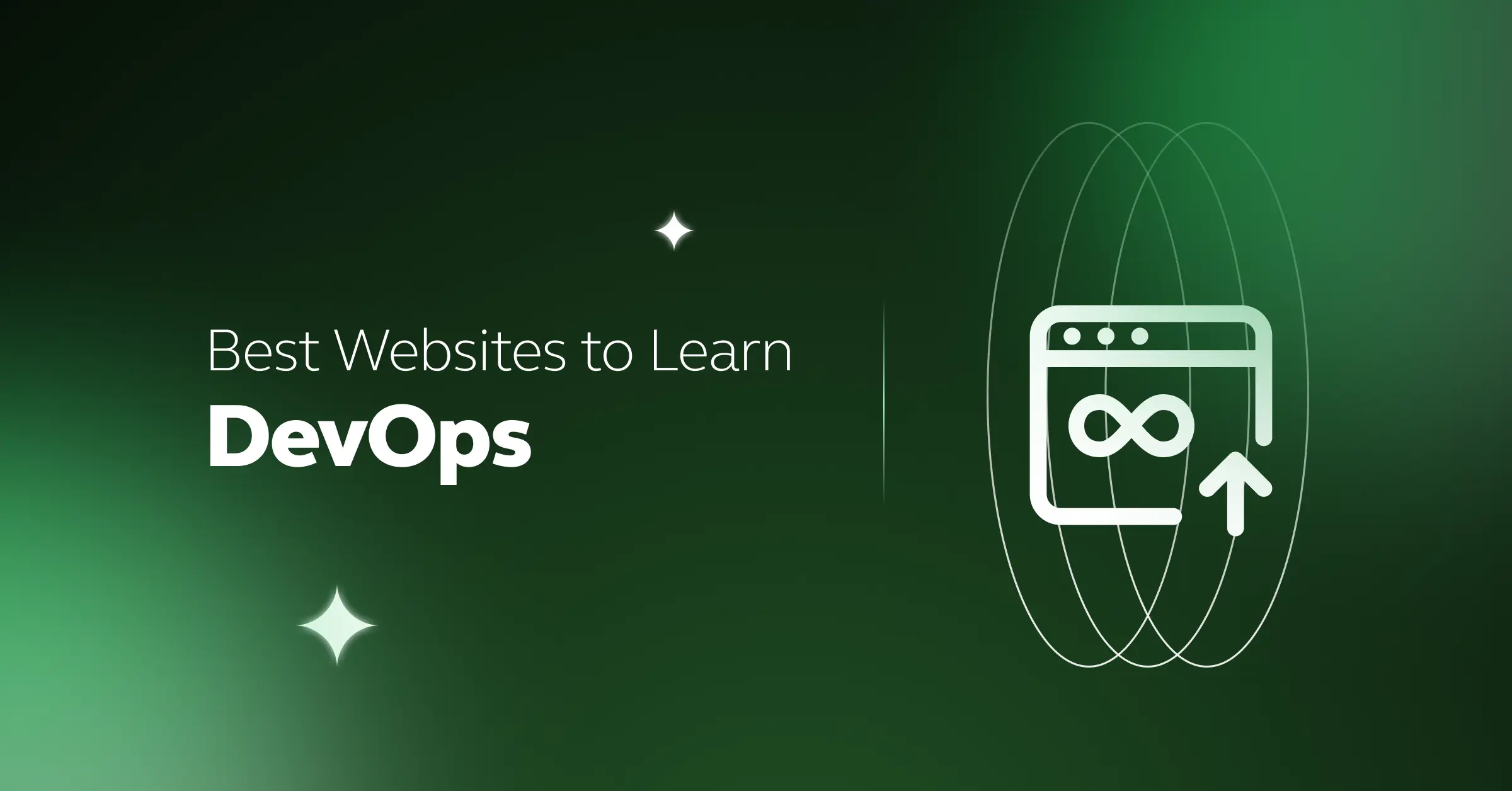
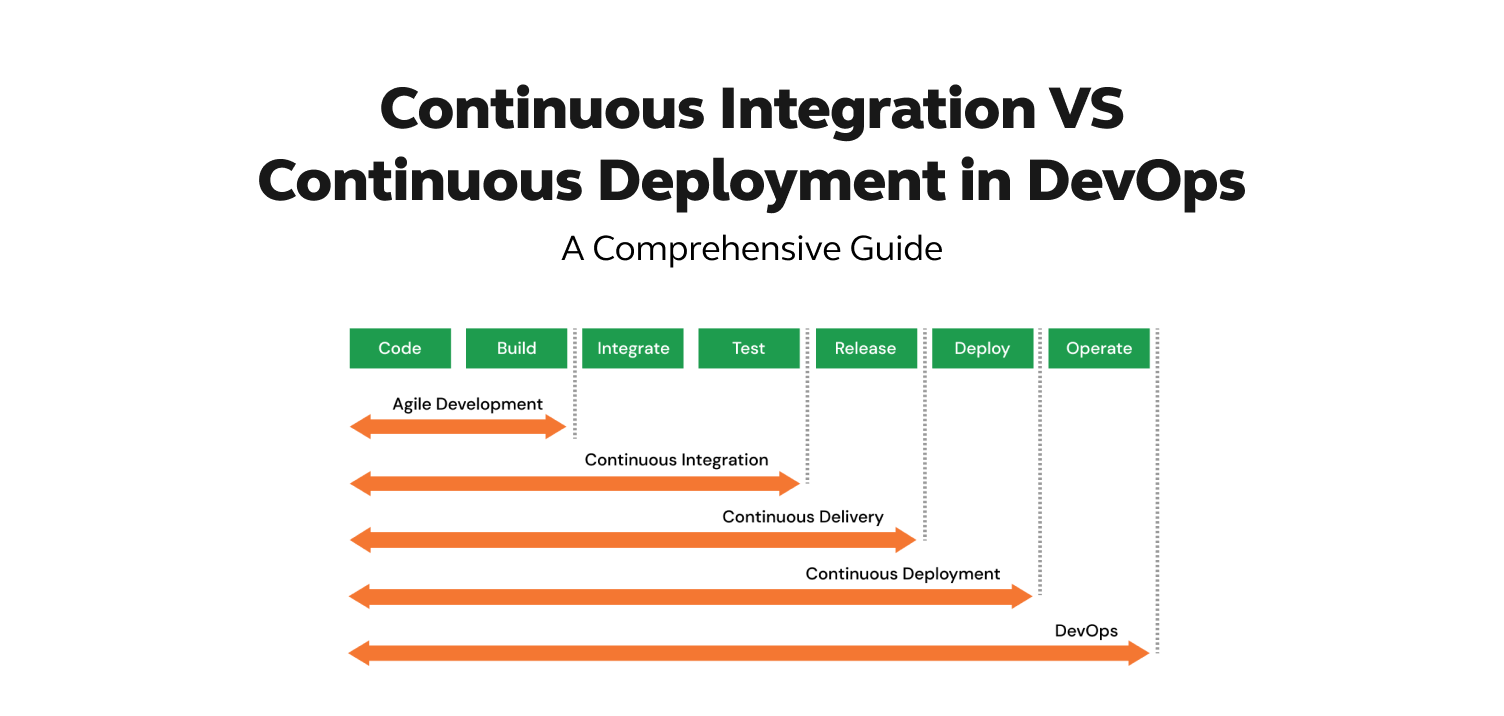





Did you enjoy this article?